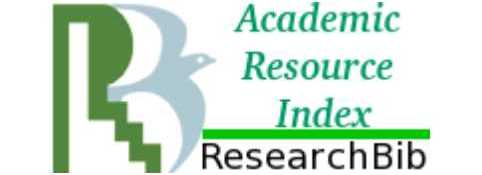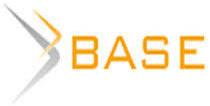Peer-review
- All the articles submitted to the editorial board journal goes through the primary expert evaluation and peer review. The primary expert evaluation is carried out by the publishing editor and editorial board members; the paper is being evaluated according to the criteria such as topic relevance and publication requirements. For more information visit «GUIDELINES FOR AUTHORS». If an article falls within the scope of the journal and meets the editorial rules and standards, the editorial board accepts the paper and send it for peer review. If a paper is out of the scope of the journal and does not meet the editorial rules and standards, it is rejected without peer review.
- All accepted articles are subject to peer review. The peer review process is mixed. Both internal peer review (involving editorial board members and international editorial council members with specialization in a particular area) and external peer review (leading experts from specific research field) are conducted. The reviewers are appointed by the editor-in-chief via double-blind method. All the reviewers must adhere to the scientific publication ethics and provide an objective and unbiased assessment. The peer review process is confidential. If an article is rejected, the author gets refusal explaining the reason for that. Reviewers evaluate submissions within 30 days.
- The review must describe the significance of the paper, study validity, novelty and scholarly importance. Basic weaknesses and faults (if any) are also mentioned. The reviewer is to decide if the article suits for publication: accept (including after minor change); accept conditionally (after major changes and re-review); reject.
- If the review is positive, the article will be sent to the editorial board members to make publication decision. If the reviewer points out faults that need correction, the article is sent to the author for rework. After the reviewer’s conclusion is made, the members of the editorial board have to decide whether or not to publish the article. If the review is negative, the article is sent for additional examination. Two negative reviews are followed by the motivated refusal. If the second review is positive, the article will be sent to the editorial board members to make publication decision. To resolve the dispute, met-review may be offered - the invited leading expert makes his verdict, based on the content of the reviews and the scientific materials of the author.
- The reviews are sent to authors in writing or electronically; the name of the reviewer is not provided.
- Reviews are stored for five years.

















